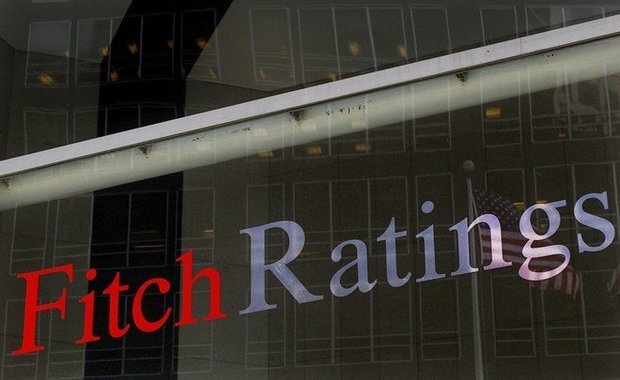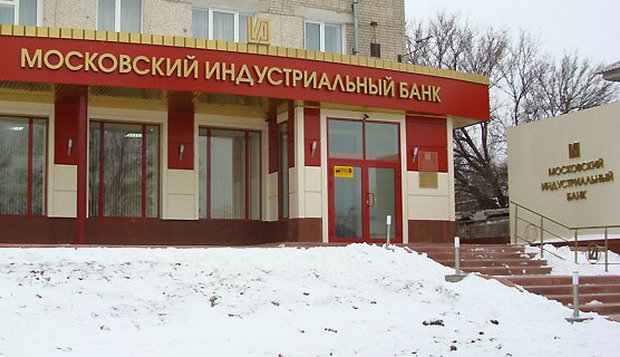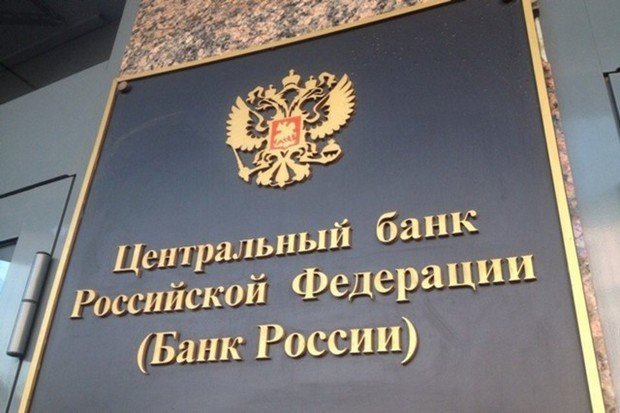Fitch advises not to hesitate: 3 banks were not complying with the CBR's requirements in October
The issue with Uraltransbank, Yekaterinburg, is still being most acute
Fitch Ratings in its monthly review on banking sector has identified a number of credit institutions, which in October did not fulfill separate requirements of the Central Bank of Russia. Some of them are again Uraltransbank, Moscow Industrial Bank and UBRIR [Ural Bank of Reconstruction and Development]. If the latter two face limitations on dividend payments at maximum, then the delaying of the issue with Uraltransbank may lead to more decisive actions of the regulator. Analysts also note a growth of the hole in Otkritie and B&N Bank — up to 476 billion rubles, which, however, did not prevent the entire sector to make a profit. Read more in the article of Realnoe Vremya.
All the same
In the October overview, Fitch Ratings refers to several banks, which violated the requirements of the Central Bank to buffers or capital ratios during a month. In particular, the agency once again writes about the problems of Uraltransbank (UTB) of Yekaterinburg businessman Valery Zavodov: UTB failed to fulfill none of the requirements, the fixed capital ratio has fallen below the permissible 6%.
UTB is experiencing difficulties with the capital since the spring of this year, before that for several years in a row it was incurring losses. Over the first 9 months of 2017, the consolidated net loss amounted to 83,5 million rubles, in 2016 — 358,9 million rubles. Recently UTB has closed several offices — in Nizhnevartovsk, Chelyabinsk, and Yekaterinburg.

Fitch reminds that UTB agreed with the Central Bank capital rectification plans, but as well as in the September review it indicates that they should be implemented as quickly as possible, ''Their inability to meet these targets may result in regulatory intervention.''
Other two more organizations in addition to UTB — Moscow Industrial Bank and the Ural Bank of Reconstruction and Development (UBRIR) – also did not meet the buffer requirements to capital adequacy. Disadvantages in buffers were recorded in September as well. ''An inability to meet buffer requirements by the end of the quarter could lead to limitations on dividend payments, but would not represent grounds for a license withdrawal,'' Fitch analysts reassure.
UTB, Moscow Industrial Bank and the UBRIR have not responded to requests yet.
The Central Bank introduced a buffer for maintenance of capital adequacy in 2016, it is necessary so that banks could absorb potential losses. The buffer is formed annually until 2019. By this time, it is to reach 2,5% of the assets value.

Systemically important reorganization
In general, according to Fitch, the capital ratios of the banking sector in October declined by 10-20 basis points due to losses in rehabilitated Otkritie and B&N Bank, which amounted to 116 billion rubles for two. Despite the fact that 10 of 11 systemically important banks (except Otkritie) kept the current requirements on capitalization, due to an increase in buffers from 1st January 2018, they need to improve basic, primary and total capital.
Promsvyazbank (PSB), which is included in the list of systemically important ones, as on November 1st has the amount of basic capital below the level which would be fixed next year. ''But reportedly in December the bank sold some non-core/foreclosed assets realising a 8 billion rubles gain, which may help maintain compliance,'' the agency says. Let us remind that on the day of the Fitch publication, the Central Bank introduced a temporary administration in PSB. PSB will continue to work on a regular basis — it became the third bank that has taken the management over the newly established Fund for consolidation of the banking sector.
Separate medium-sized banks, analysts say, have a low reserve of liquidity. Among them Fitch highlights Moscow Industrial Bank — in its case, the client accounts are covered with available funds only at 6%. Meanwhile, Sberbank and other large banks, on the contrary, have excess liquidity, which they place on deposits in the Central Bank. For a month it increased by 300 billion rubles to 1,4 trillion rubles.

The holes don't suck profit in
In October, the Russian banking sector received a total of 21 billion rubles of net profit against 356 billion rubles in loss in the previous month. Excluding this negative result of Otkritie and B&N Bank, the profits were at 'strong' level of 136 billion rubles, according to analysts. Almost half this amount accounted for Sberbank, ''although healthy profits were also reported by Alfa (15 billion rubles).''
Financial losses for the group Otkritie and B&N Bank, which previously led to losses in the whole sector, were associated with the formation of reserves. After the decision on reorganization of banks, their new administration began to form the liquidity cushion for problem assets. In September, this led Otkritie and B&N Bank to the total loss of 429 billion rubles. Last month, Fitch predicted that the already established reserves would not be enough. It has proved right — as follows from the present review, in a month the amount of the negative capital of Otkritie has grown to 323 billion rubles, of B&N Bank — to 153 billion rubles.
For the first 11 months, the total profit of the sector has increased by 10,4% and amounted to 870 billion rubles, the Central Bank reported on Friday.